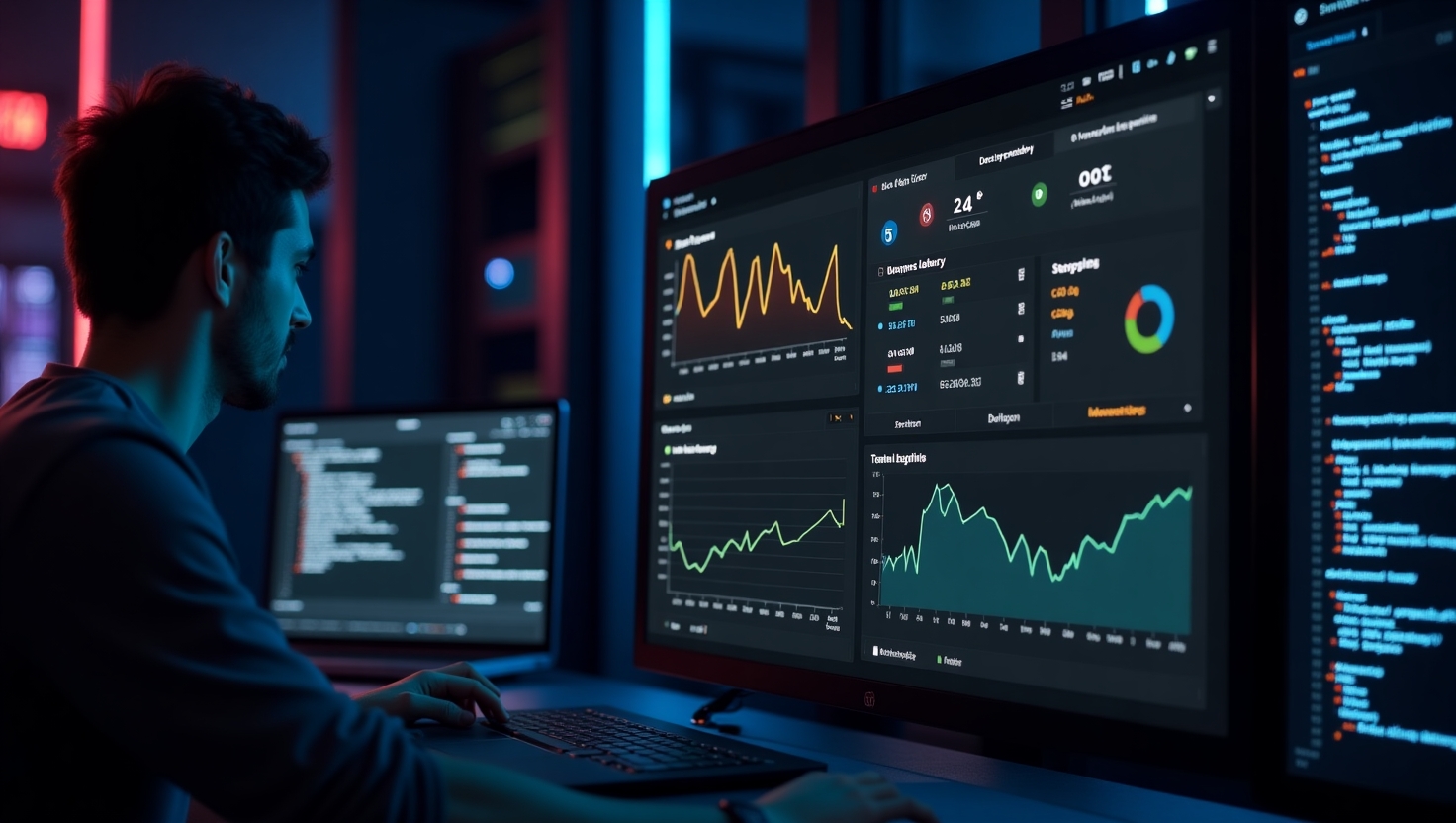Why Node.js Monitoring is Essential for Performance Optimization
Node.js is widely used for building high-performance, scalable applications. However, as applications grow in complexity, maintaining optimal performance becomes a challenge. This is where Node.js monitoring plays a crucial role. By continuously tracking key performance metrics, developers can identify and resolve issues before they impact users.

Introduction
In this article, we will explore why monitoring is essential for Node.js applications, the key metrics to track, and the best practices to ensure smooth performance.
The Importance of Node.js Monitoring
1. Detecting Performance Bottlenecks
- Monitoring helps in identifying CPU spikes, memory leaks, and slow response times.
- By analyzing real-time data, developers can pinpoint areas of inefficiency.
2. Ensuring Application Stability
- Node.js applications handle a large number of concurrent requests, making them prone to event loop delays.
- Monitoring ensures that non-blocking I/O operations are functioning properly.
3. Optimizing Resource Utilization
- Efficient monitoring prevents excessive memory consumption.
- Developers can fine-tune resource allocation to improve scalability.
4. Reducing Downtime
- With proactive monitoring, developers can set alerts for potential failures.
- This helps in reducing unexpected crashes and maintaining high uptime.
5. Enhancing User Experience
- A slow application frustrates users and leads to churn.
- Monitoring ensures fast API response times and seamless user interactions.
Key Metrics to Monitor in Node.js Applications
1. CPU & Memory Usage
- Identify high CPU consumption and memory leaks.
- Optimize garbage collection to prevent performance degradation.
2. Event Loop Lag
- Ensures that non-blocking operations are handled efficiently.
- A high event loop delay indicates potential blocking operations.
3. Request Latency & Throughput
- Monitors response time for APIs and database queries.
- Helps in optimizing load balancing and server response times.
4. Error Rates & Logs
- Tracks error occurrences and their frequency.
- Logs help in debugging and diagnosing production issues quickly.
5. Database Query Performance
- Ensures efficient query execution and prevents slow database interactions.
Best Practices for Effective Node.js Monitoring
✅ Use a Dedicated Monitoring Tool
- Tools like Watchlog, New Relic, or Prometheus provide real-time analytics.
- Choose a tool that fits your infrastructure needs.
✅ Set Up Automated Alerts
- Configure alerts for high CPU usage, memory leaks, and slow response times.
- Use Slack or email notifications for immediate responses.
✅ Monitor in Real-Time
- Real-time dashboards provide instant insights into performance metrics.
- Helps in quick troubleshooting and debugging.
✅ Analyze Historical Data
- Identify long-term trends and potential bottlenecks over time.
- Helps in making data-driven scaling decisions.
✅ Optimize Based on Insights
- Regularly analyze performance reports and make necessary optimizations.
- Implement caching strategies, database indexing, and efficient event loop handling.
Conclusion
Node.js monitoring is not just an option—it’s a necessity for maintaining high performance, stability, and user satisfaction. By tracking the right metrics and using effective monitoring tools, developers can ensure their applications run efficiently and scale seamlessly.
💡 Start monitoring your Node.js applications today with Watchlog and prevent performance issues before they impact your users!